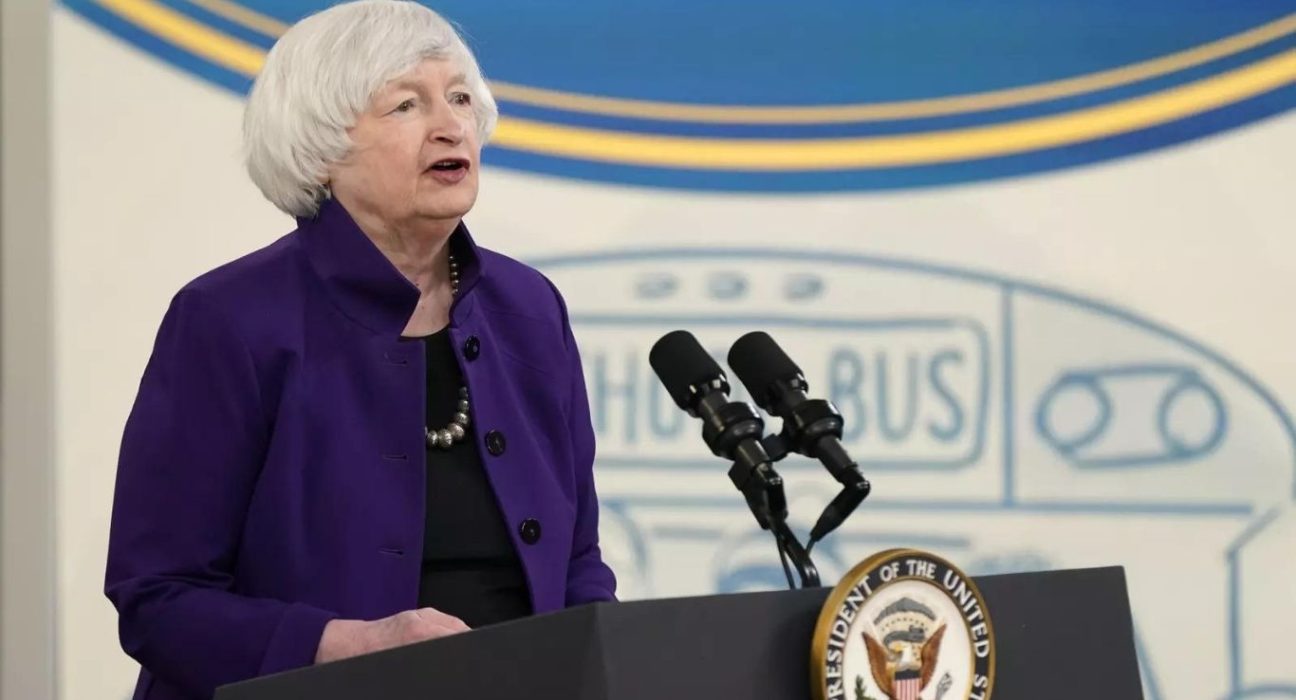The debt limit is the legal amount that the U.S. government can borrow to pay its bills. It covers spending that Congress has already approved, such as Social Security benefits, military salaries, interest on the national debt, and tax refunds. The debt limit does not authorize new spending; it simply allows the Treasury Department to borrow money to pay for existing obligations.
The debt limit was first established in 1917 and has been raised or suspended by Congress many times since then. The current debt limit is $31.4 trillion, which was reached on August 1, 2021. Since then, the Treasury Department has been using “extraordinary measures” to avoid defaulting on its obligations, such as suspending investments in certain federal trust funds. However, these measures will run out sometime in October or November, according to Treasury Secretary Janet Yellen.
If Congress does not raise or suspend the debt limit before then, the U.S. government will run out of cash and be unable to pay all of its bills on time. This would be an unprecedented event that would have severe consequences for the U.S. economy and the global financial system. According to Yellen, a default would trigger a recession, undermine U.S. creditworthiness, increase borrowing costs, disrupt financial markets, and erode U.S. global economic leadership.
What is Janet Yellen doing to prevent a default?
As the head of the Treasury Department, Janet Yellen is responsible for managing the federal government’s finances and ensuring that it meets its obligations. She has been urging Congress to raise or suspend the debt limit as soon as possible, without any conditions or delays.
In a letter to congressional leaders on September 8, 2021, Yellen warned that failing to raise the debt limit would be “catastrophic” and “irresponsible”. She said that the Treasury Department could not provide a specific date for when it would run out of cash, but that it could happen at any time in October. She also said that there was no way to prioritize payments in case of a default, as some lawmakers have suggested.
Yellen has also been communicating with other stakeholders, such as business leaders, financial regulators, foreign counterparts, and the public, to explain the importance of raising the debt limit and the risks of not doing so. She has emphasized that raising the debt limit is a bipartisan issue that should not be used as a political tool or a bargaining chip.
What are the challenges and prospects for raising the debt limit?
Raising the debt limit requires congressional action, which means that both Democrats and Republicans have to agree on a solution. However, the two parties have different views and strategies on how to address the issue.
Democrats, who control both chambers of Congress and the White House, have proposed to include a debt limit suspension in their $3.5 trillion budget reconciliation bill, which would allow them to pass it with a simple majority vote in the Senate. However, this process could take weeks or months to complete, and some moderate Democrats have expressed concerns about the size and scope of the bill.
Republicans, who oppose the Democrats’ spending plans, have said that they will not vote for any debt limit increase or suspension. They have argued that Democrats should raise the debt limit on their own through reconciliation or cut spending elsewhere to offset it. They have also accused Democrats of being reckless and irresponsible with taxpayer money.
Given this impasse, it is unclear how and when Congress will resolve the debt limit issue. Some possible scenarios include:
– A bipartisan agreement: Both parties could reach a compromise and pass a standalone bill or a continuing resolution that would raise or suspend the debt limit for a certain period of time.
– A reconciliation bill: Democrats could pass their budget reconciliation bill with a debt limit suspension included, but they would have to overcome internal divisions and procedural hurdles.
– A last-minute deal: Both parties could wait until the last minute and strike a deal under pressure from financial markets and public opinion.
– A default: If none of the above scenarios materialize, the U.S. government could default on its obligations for the first time in history.
Conclusion
The debt limit is a critical issue that affects the U.S. government’s ability to pay its bills and honor its commitments. Treasury Secretary Janet Yellen has been urging Congress to raise or suspend the debt limit as soon as possible, warning of dire consequences if it fails to do so. However, Congress faces political challenges and uncertainties in finding a solution before time runs out.










